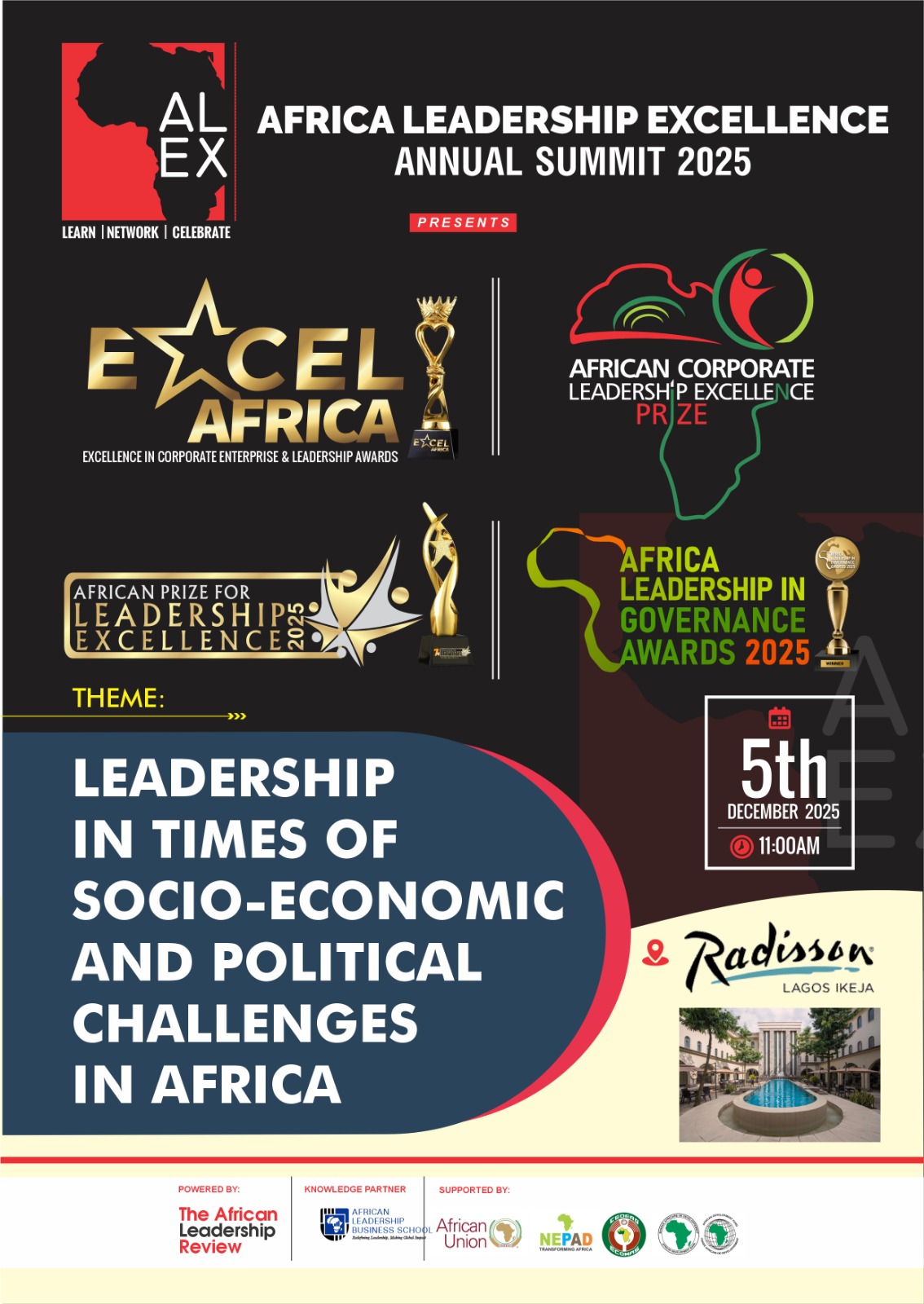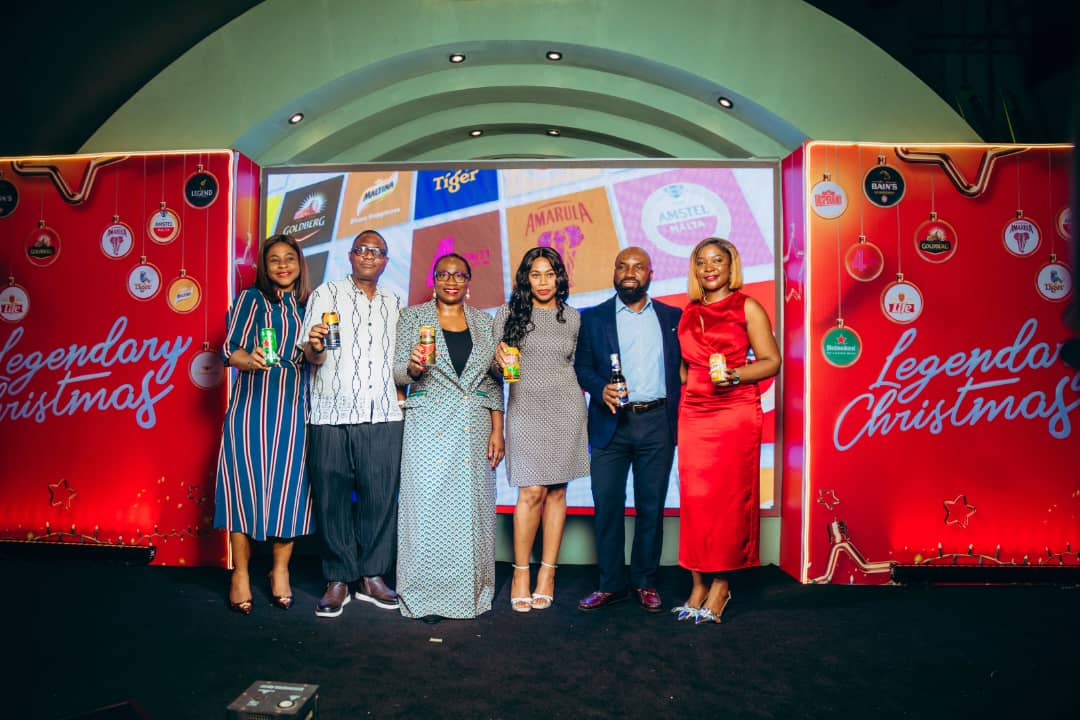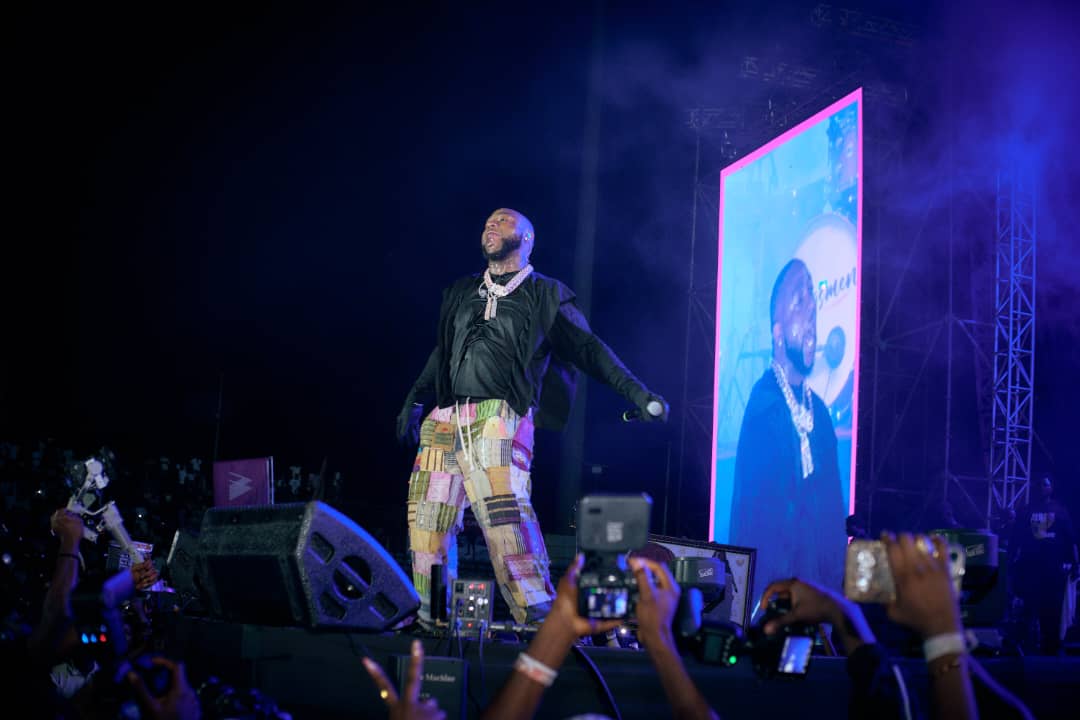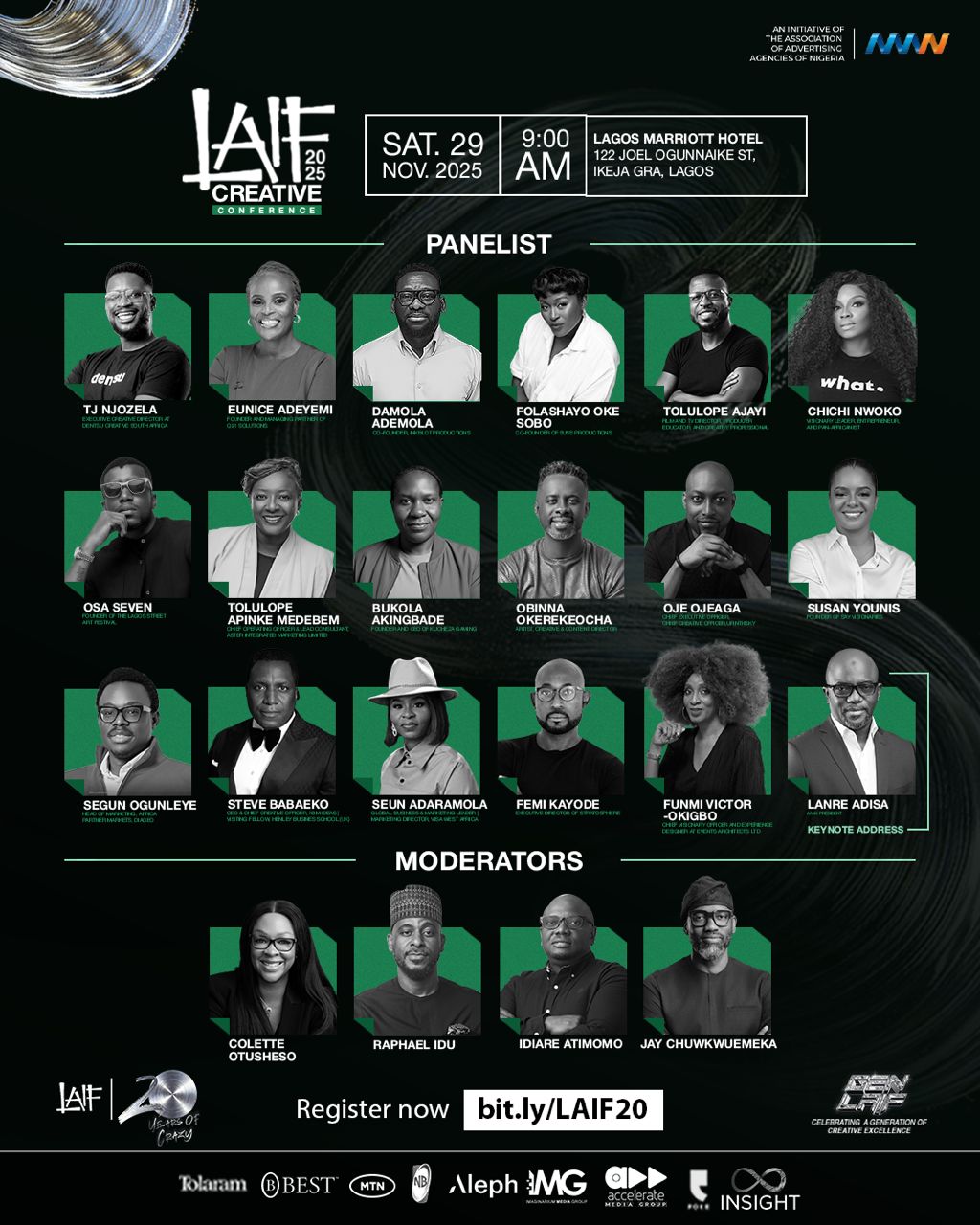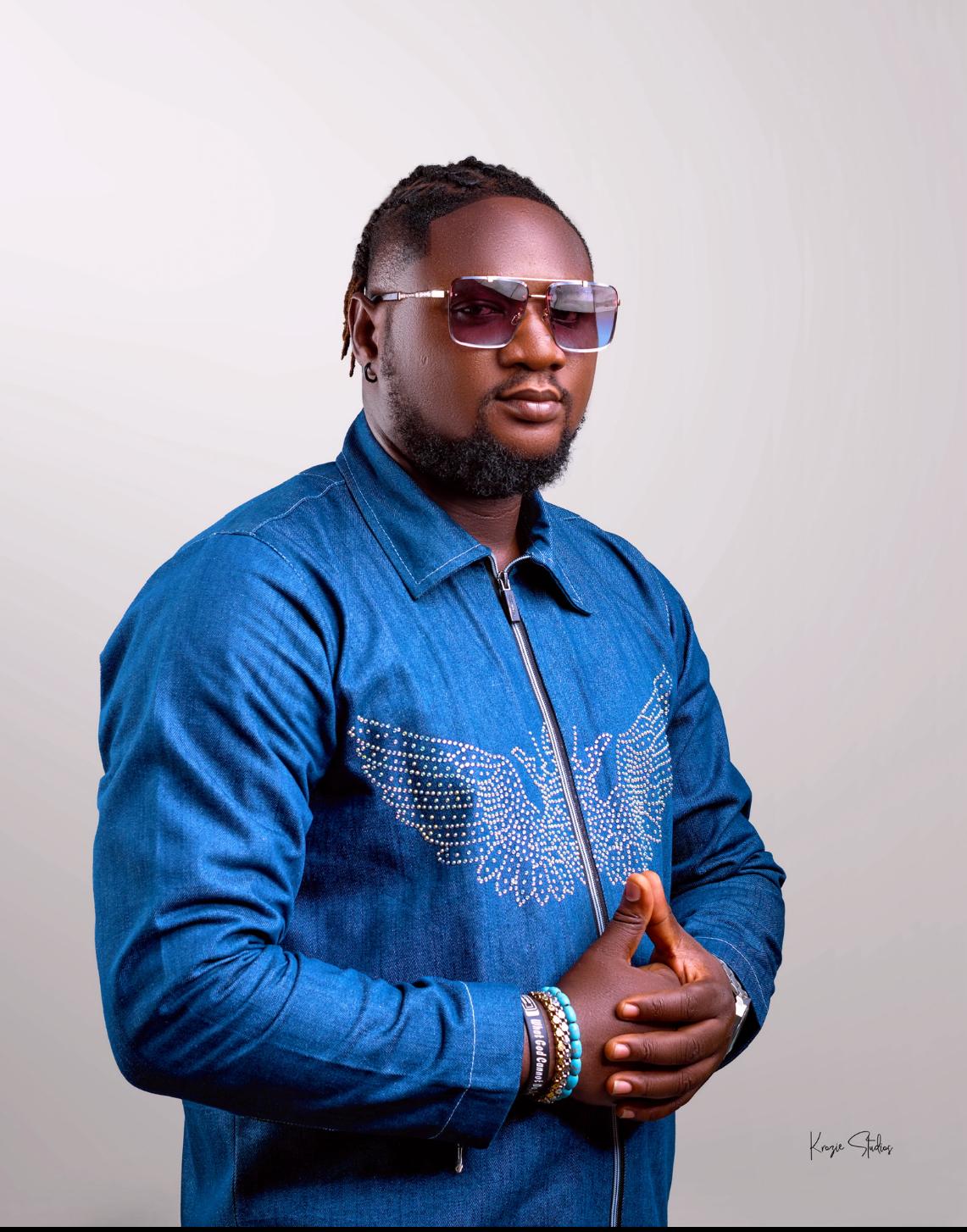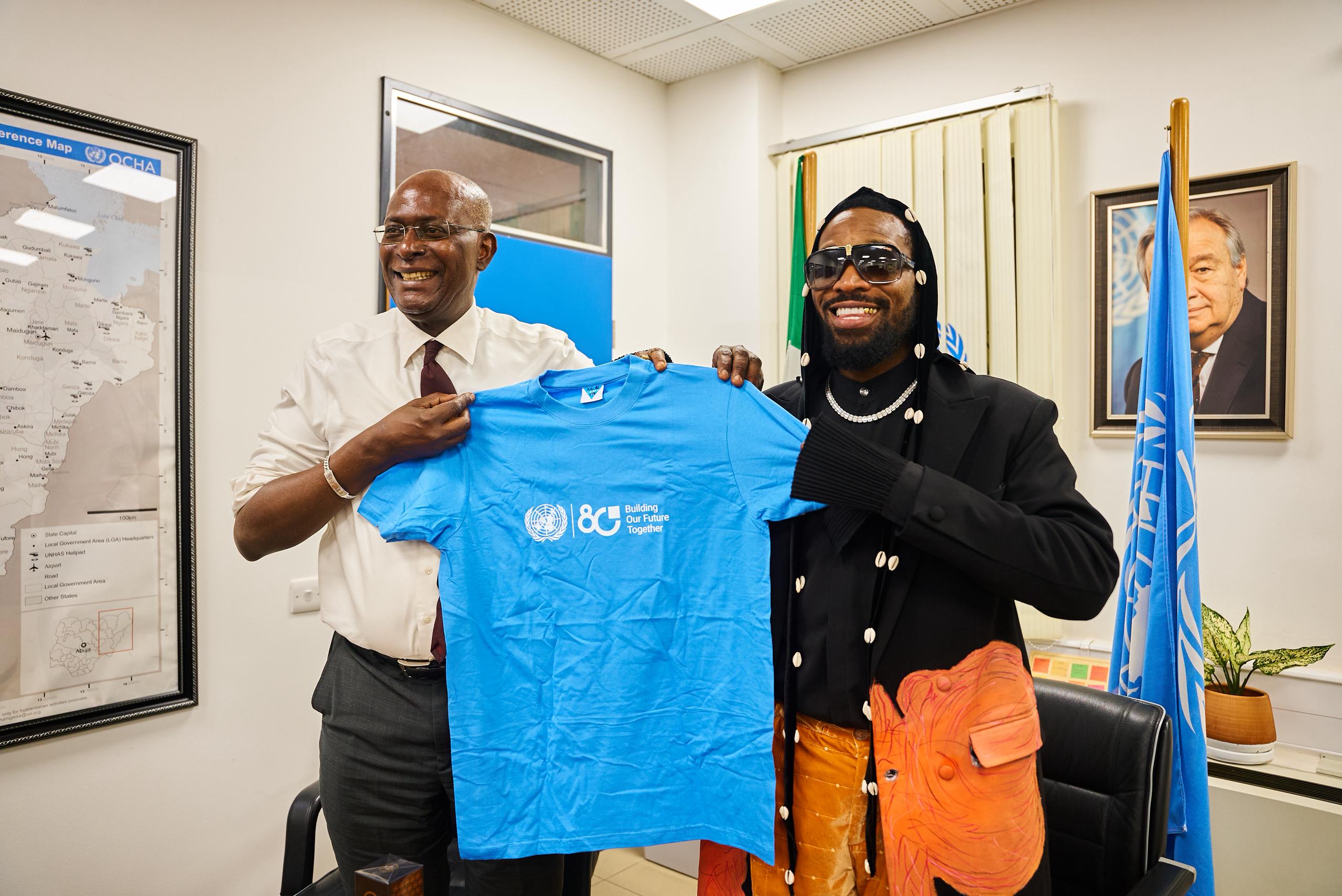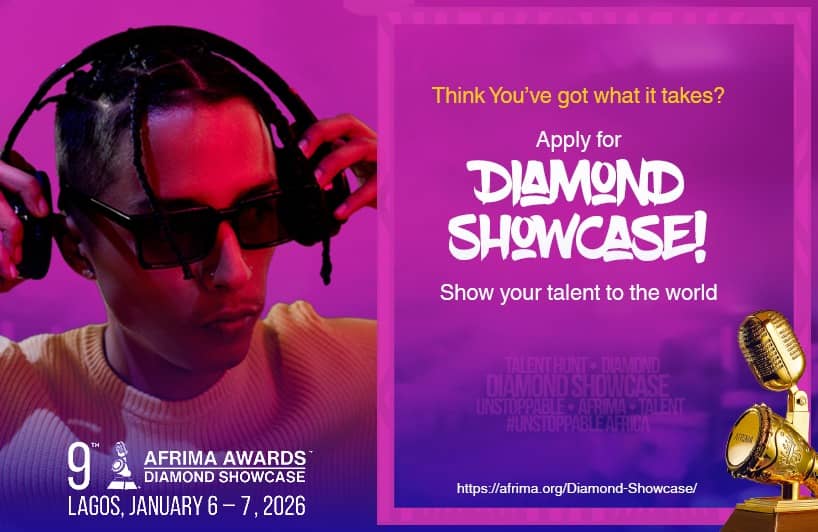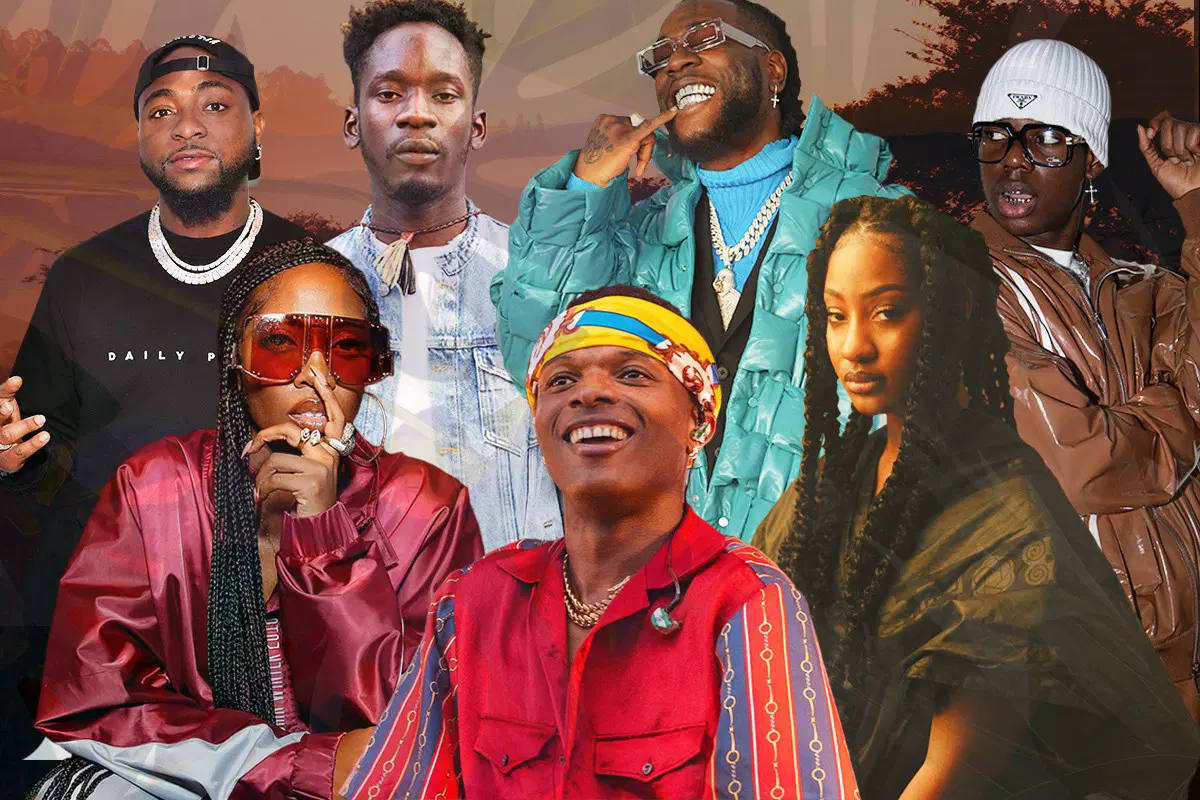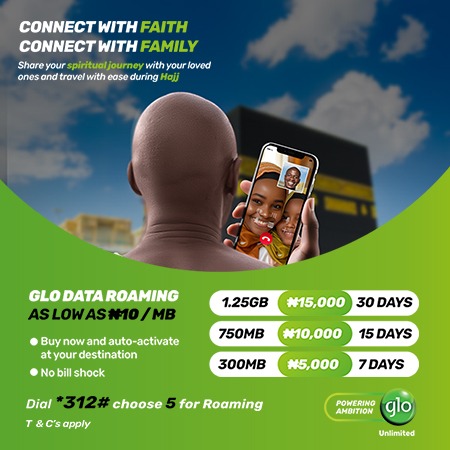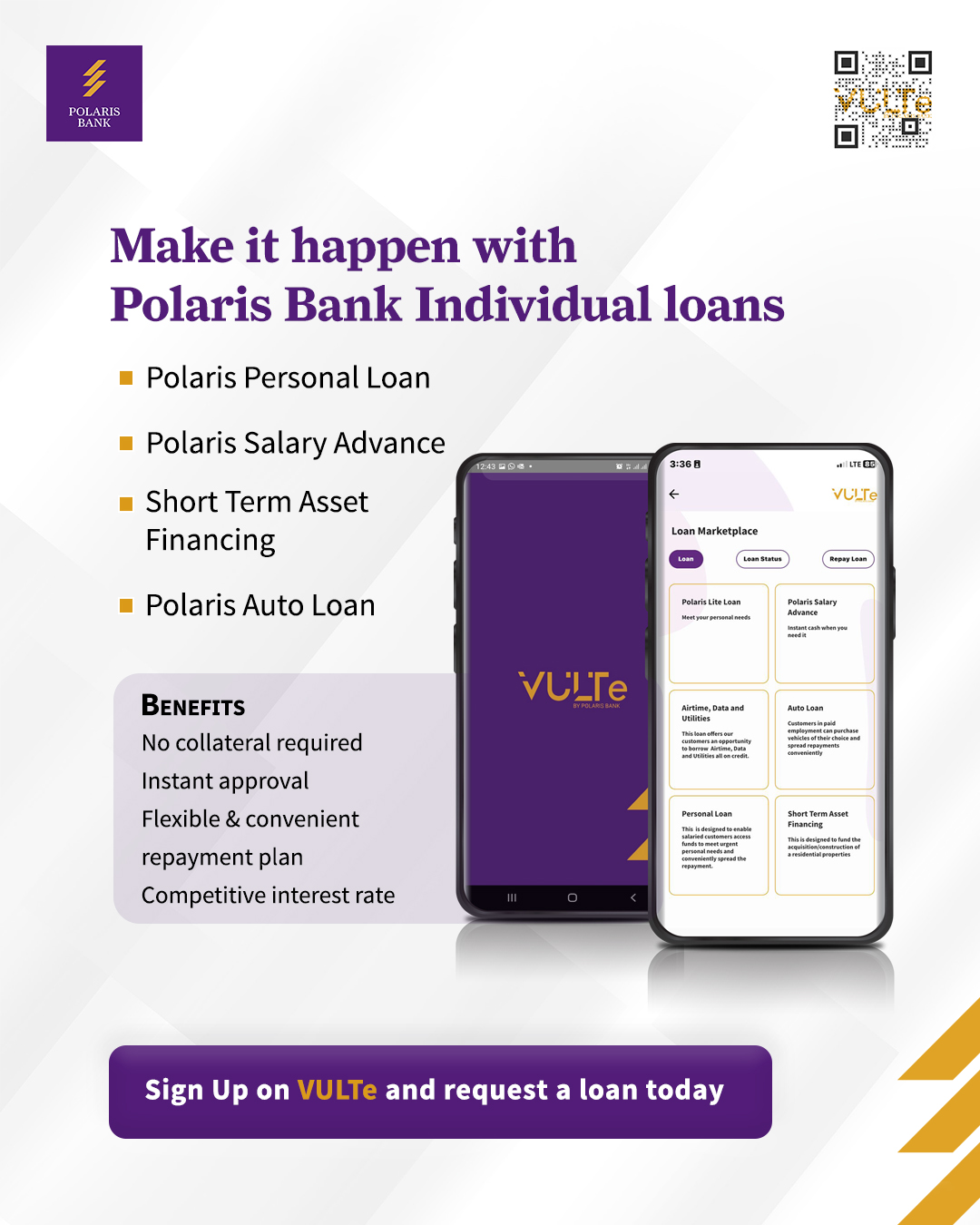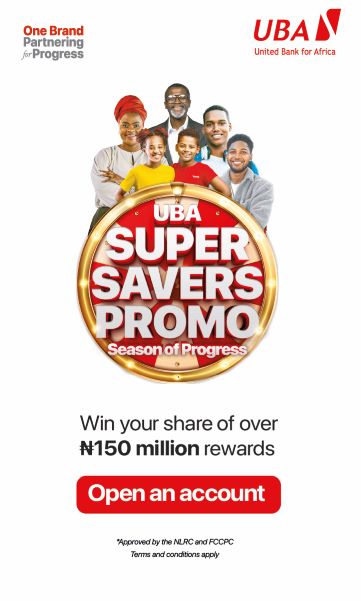From Lagos to Brooklyn: What Asake’s Red Bull Symphonic Teaches Us About Cultural Storytelling and Brand Expression
CLIFFORD EGBOMEADE
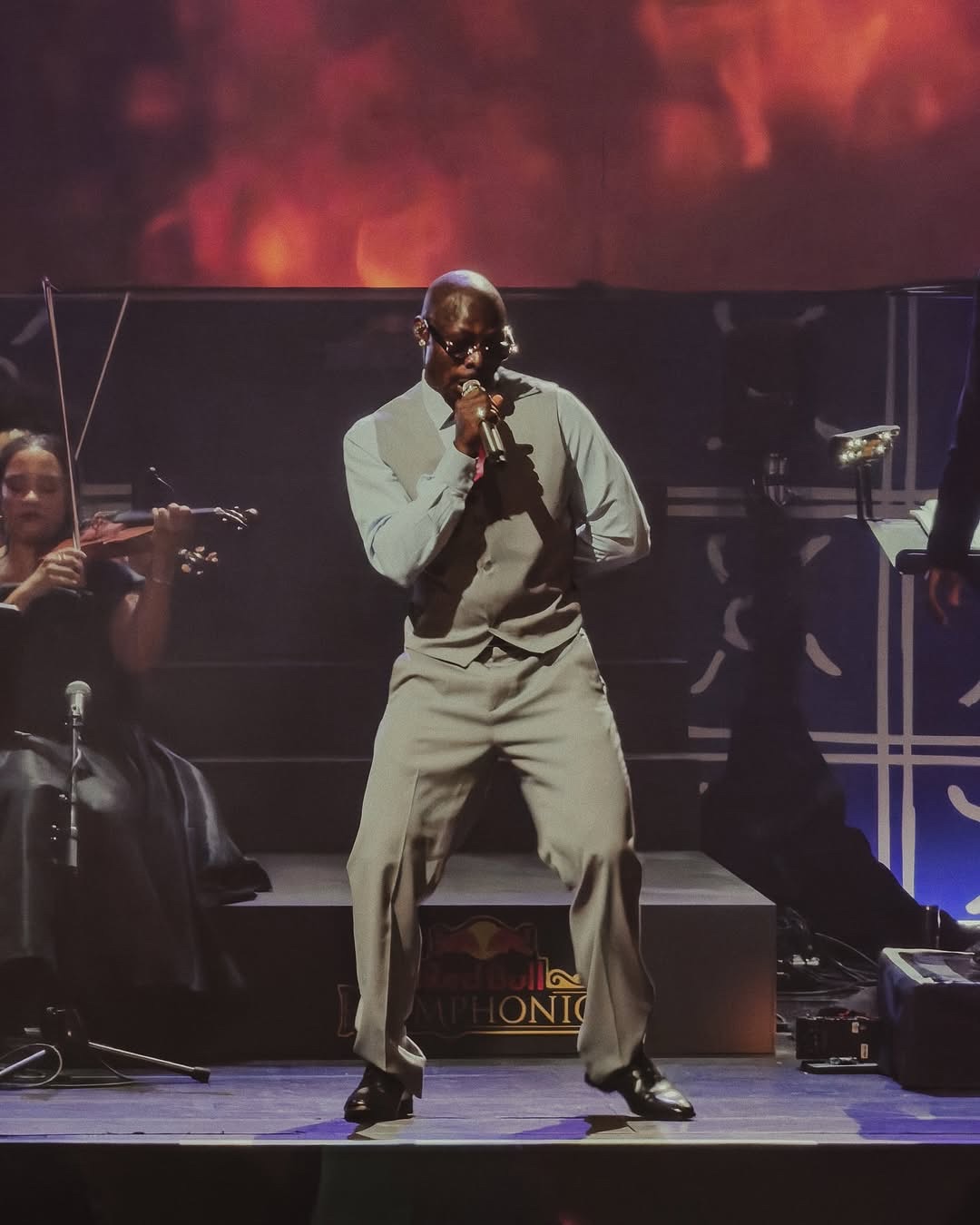
When Asake took the stage at Kings Theatre in Brooklyn on November 8, 2025, for the Red Bull Symphonic concert, the night felt like a cultural reckoning; one of those rare moments when sound, space, and storytelling align seamlessly.
Watching clips from that performance, the energy in the room was palpable. Here was an artist who built his sound from the streets of Lagos, now commanding a full symphony orchestra in one of New York’s most iconic theatres. This was more than music, it was a statement. And for those in marketing, media, and communications, the show offered a masterclass in how culture, authenticity, and collaboration can redefine storytelling.
Red Bull’s work with Asake went far beyond the usual boundaries of sponsorship. The brand wasn’t chasing visibility through logos or product placement; rather, it sought to understand an artist’s essence and amplify that spirit in a way that felt honest and deliberate. That is the first lesson for anyone in communications: authenticity remains the strongest strategy. People connect to truth, and that night, truth occupied centre stage: a genuine exchange between a brand that thrives on creative experimentation and an artist who embodies the rhythm of a generation.

To grasp the depth of what unfolded, one must first understand Red Bull Symphonic. The global concept fuses contemporary music with orchestral composition, transforming familiar sounds into layered, cinematic experiences.
Since its inception, Red Bull Symphonic has brought together rappers, producers, and pop artists with full symphonies across cities like Atlanta, Los Angeles, Cairo, and Johannesburg. From Rick Ross and Orchestra Noir to Metro Boomin and John Legend, each edition demonstrates how opposing genres can harmonise to form something original and deeply human.
Asake’s performance at Kings Theatre made history as the first headlining appearance by an African artist in the Red Bull Symphonic series — and the first on U.S. soil. Under the direction of Glenn Alexander II and with arrangements by Anthony Parnther, Asake’s chart-topping songs such as Lonely at the Top, Sungba, Peace Be Unto You, Amapiano, and others were reimagined through orchestral instrumentation. Layers of strings, brass, and percussion merged with Yoruba rhythm and cadence, creating a dialogue between heritage and innovation.
That brings the second lesson for communicators: great storytelling never dilutes culture; it magnifies its depth. Red Bull didn’t attempt to Westernise Asake’s sound. Instead, the brand elevated his artistry by adding new dimensions without compromising authenticity. This partnership stands as a model for cultural amplification: a demonstration that success comes from collaboration rooted in respect, not appropriation. When a brand helps an artist or community express their truth on their own terms, trust becomes the outcome, and trust remains the most valuable form of currency in communications.
The choice of Kings Theatre added another layer of meaning. Built in 1929 and renowned for its art-deco architecture, the venue carries historic prestige. Watching an Afrobeats artist from Lagos take command of that grand stage alongside a 33-piece orchestra sent a message that transcended performance. The moment declared that African creativity belongs in every global space, including those once reserved for Western high art. For communicators, this is a clear proof that context speaks as loudly as content. The stage, location, and audience form part of the story itself, shaping perception as powerfully as any message.
Beyond aesthetics, communications professionals can draw deeper lessons from the structure of this partnership. One key insight lies in the balance of creative control. Red Bull’s team didn’t overshadow Asake’s narrative; they co-authored it. The artist’s voice remained the anchor throughout, from the concept to the arrangement to the storytelling tone. In brand partnerships, that equilibrium defines success. Authenticity thrives when collaboration leads and control steps back. For communicators and publicists, mastery often lies in knowing when to guide and when to listen.
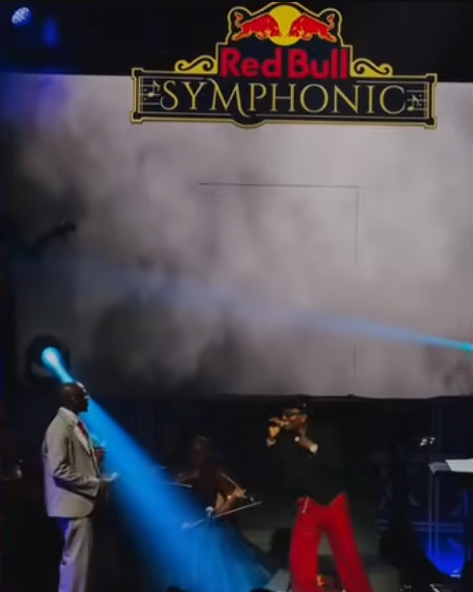
Then came an unscripted moment that no playbook could predict: Wizkid’s surprise appearance. As he joined Asake to perform MMS alongside the orchestra, the audience erupted. Social media was abuzz, and the performance transcended its planned spectacle. That eruption uncovered another truth: the most powerful stories often emerge from spontaneity. In an age of polished campaigns and curated perfection, unplanned emotion cuts deeper. Red Bull’s brilliance came from creating room for unpredictability, trusting the culture to speak for itself.
The broader strategy behind the collaboration also deserves attention. Red Bull didn’t stage a one-off concert; the company engineered a cultural ecosystem. From live streams to documentaries to behind-the-scenes storytelling, the brand extended the experience far beyond a single night. For communicators and brand managers, the lesson is clear: continuity sustains relevance. Campaigns may fade, but stories endure when documented, archived, and shared through multiple lenses. Red Bull continues to lead in this discipline: rather than advertise culture, it preserves and circulates it.
Another key takeaway for communicators lies in the governance behind such collaborations. Cultural storytelling demands structure, fairness, and sustainability. Partnerships built on trust require transparent ownership models, equitable compensation for creative teams, and shared visibility for all collaborators. These ethical foundations turn temporary campaigns into relationships that last. Cultural credibility isn’t won through exposure alone; it is maintained through consistency and respect.
Asake’s journey from Lagos to Brooklyn mirrors a broader shift in global communication — one where local stories define international relevance. Afrobeats, once viewed as niche, now drives global conversations about creativity and identity. For brand managers and PR experts, the message is direct: local authenticity fuels global resonance. The deeper a story’s roots, the further its reach.
And perhaps the most profound lesson of all is that communication today thrives on participation, not performance. The audience that night was not passive. They sang, filmed, and reacted in real time. Every recording, every cheer, every social post became part of the narrative. Modern audiences no longer want to be sold to; they want to feel and be part of the story. The brands that understand this shift will build communities, not campaigns.
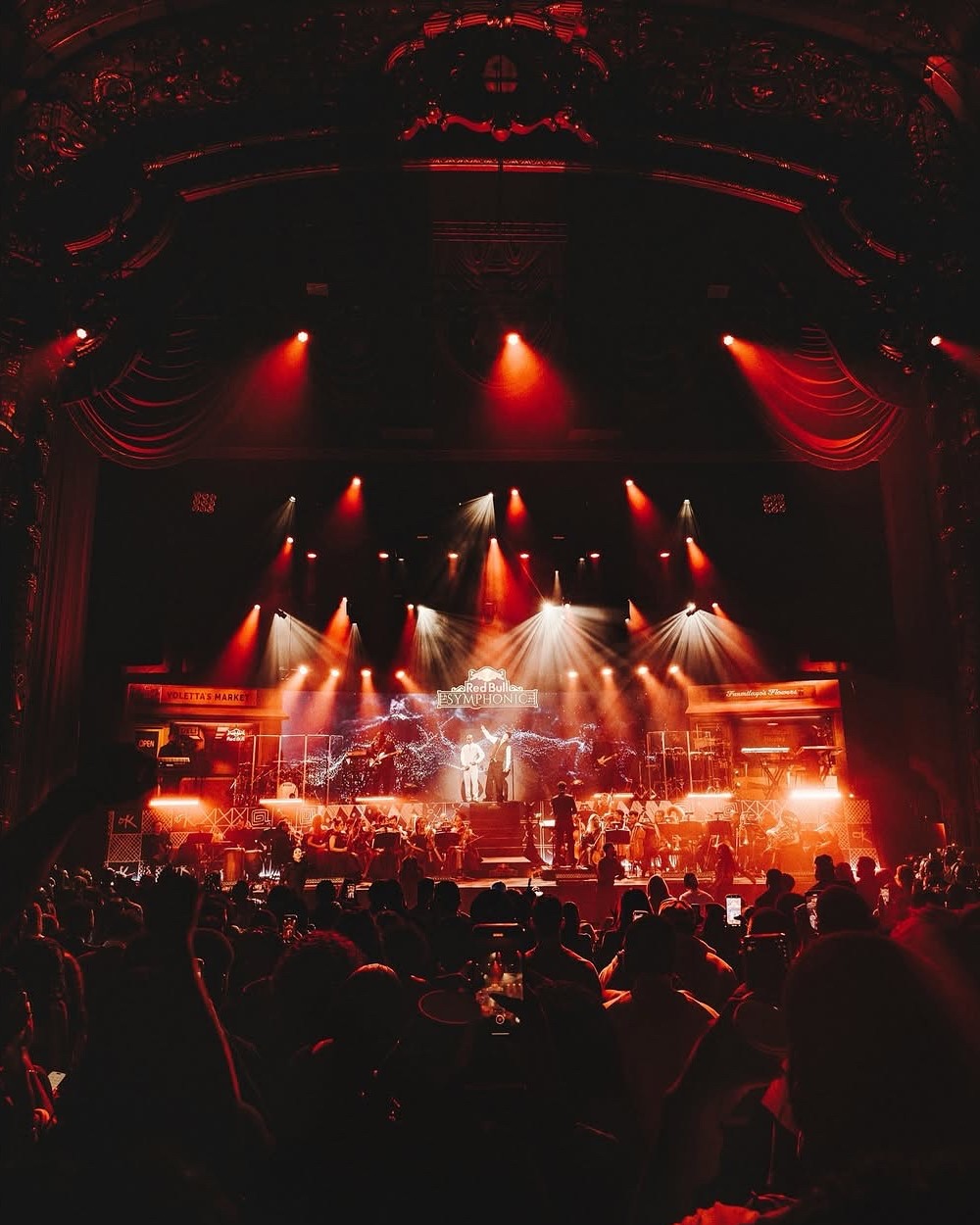
So yes, the night was a concert but also a masterclass in cultural storytelling. The Red Bull–Asake collaboration showed that meaningful partnerships grow not from contracts, but from creative alignment. Red Bull didn’t just back Asake’s art; the brand expanded its lifespan and reach. In doing so, it demonstrated that the future of communication depends less on volume and more on harmony.
For African communicators, the message runs even deeper. What Asake achieved through Red Bull Symphonic signals what becomes possible when our stories are told on our terms. African brands and PR professionals have the chance to present local creativity as globally relevant without losing its soul. We can build narratives that carry the rhythm of our cities, the language of our people, and the truth of our livePd experience into international spaces.
Clifford Egbomeade is a communications strategist and public relations expert based in Lagos, Nigeria



